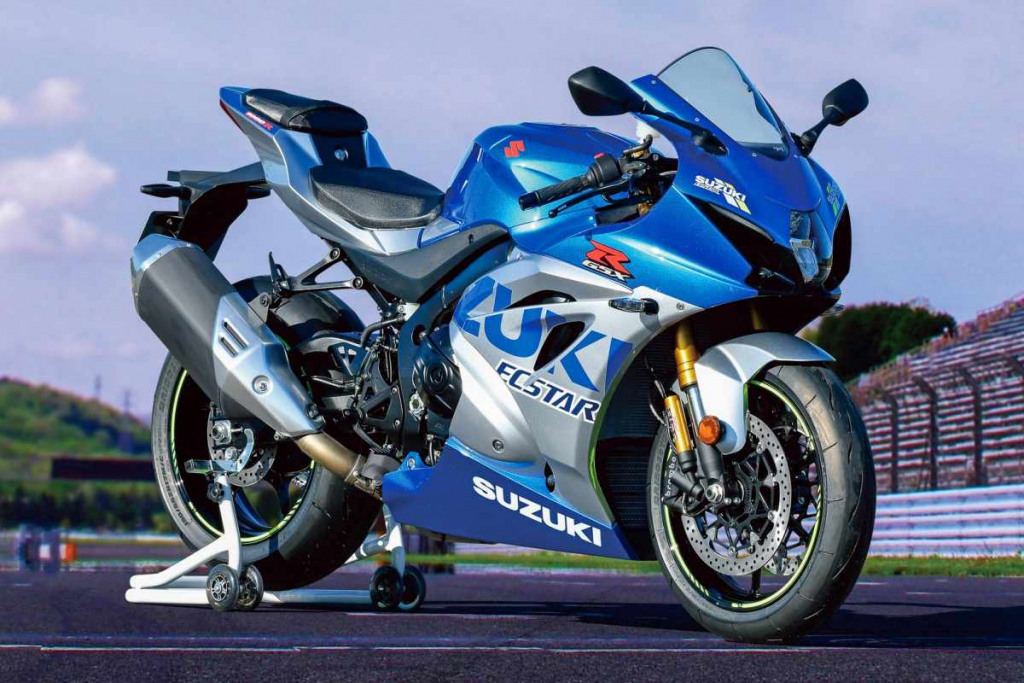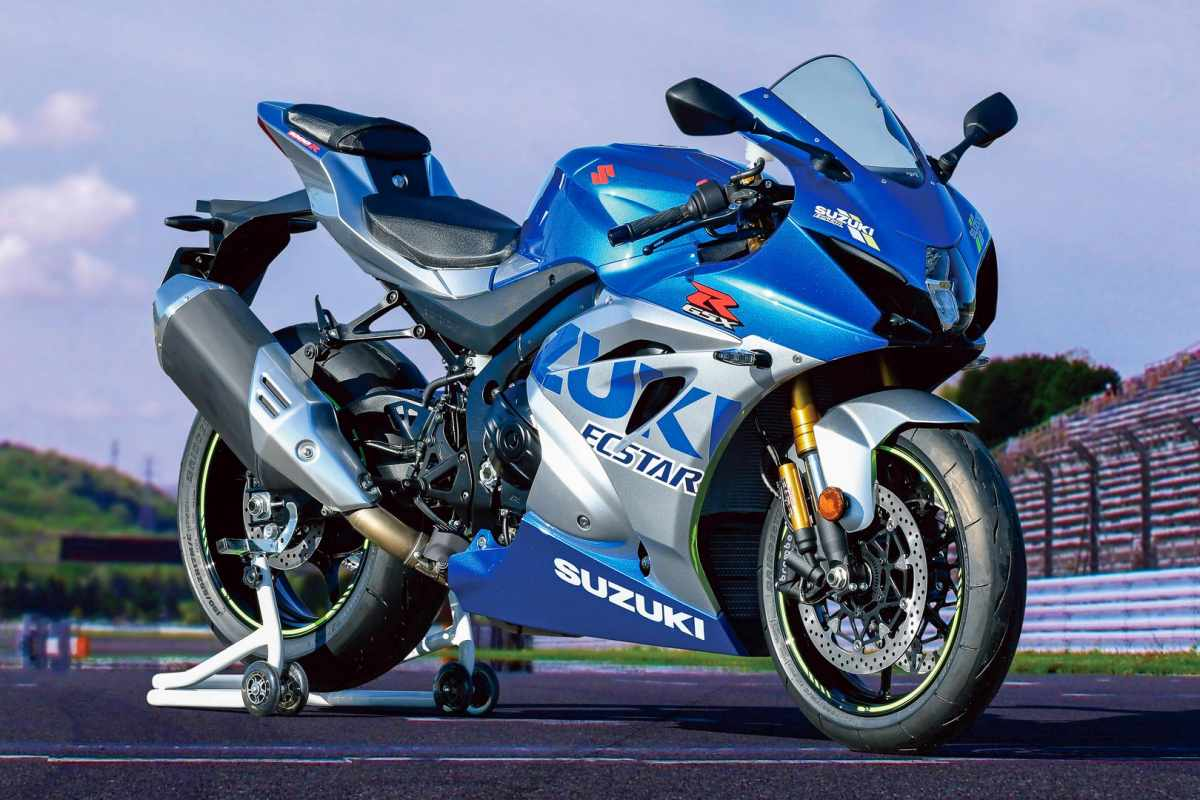
The year 2024 marks a significant milestone in the sportbike history, as it commemorates 40 years since Suzuki introduced the groundbreaking GSX-R series, revolutionizing the sportbike industry with its transverse four-cylinder engine housed in an aluminum frame. Now, a recent patent application suggests that Suzuki is making changes to the GSX-R1000 to enhance its aerodynamics.
Although the iconic “slab-side” GSX-R750 model from 1985 is often credited with establishing the modern superbike formula, it was actually preceded by a 400cc Japanese-market model in 1984 simply known as the GSX-R. Later renamed as the GSX-R400, this model entered the market ahead of its more famous 750cc and 1,100cc counterparts, thus omitting its capacity from the name.
While it remains uncertain whether Suzuki will pay homage to this historic moment, the company’s recent decision to withdraw from MotoGP, along with the discontinuation of its factory World Superbike (WSBK) racing efforts in 2015, marked a significant shift away from road racing, which was integral to the development of the GSX-R series. However, the current GSX-R1000, largely unchanged since its introduction as a completely new model in 2017, is due for an update. This update is not only aimed at enhancing its competitiveness in the market but also to comply with the latest Euro 5 emissions regulations, allowing the model to reenter the European market, from which it was withdrawn at the end of last year.
A recent patent application by Suzuki reveals that, despite the company’s diminished racing involvement, their engineers are still dedicated to advancing technology for their flagship superbike model. The patent showcases an innovative fairing concept designed to improve cooling efficiency and reduce aerodynamic drag. Although the patent drawings lack specific details of the bike the concept is applied to, the engine and frame shape depicted align with those of the GSX-R1000.
Suzuki has devised a new approach to optimize the airflow into the radiator area located just behind the front wheel of the GSX-R1000. By addressing the passage between the upper side of the front fender and the lower surface of the nose fairing, Suzuki aims to streamline the airflow and minimize disruptions. Conventionally, faired motorcycles have an opening beneath the nose, where the fork passes through. This opening, necessary for steering movement, allows some air that should ideally reach the radiator to be diverted.
To tackle this issue, Suzuki’s solution involves a disc-shaped bodywork section that effectively seals the opening. This component is designed in two parts, allowing it to be clamped around the fork legs and securely bolted to the bottom yokes, ensuring it rotates with the steering. The circular plug neatly fits into a corresponding hole in the lower surface of the nose, creating a smooth channel to direct the air downward towards the radiator.
The patent application specifically mentions the presence of headlights within the nose bodywork, indicating that the design is intended for a street-legal motorcycle.
Although the GSX-R1000 was cutting-edge upon its release in 2017, it now faces a competitive disadvantage, particularly in terms of aerodynamics. Many of its main rivals have adopted MotoGP-inspired winglets, highlighting the need for an update. Additionally, the current engine version does not comply with Euro 5 emission standards, further supporting the likelihood of an upcoming revision. Suzuki previously filed patent applications in 2019 for a computer-controlled variable valve timing system, replacing the mechanical centrifugal VVT of the current model. Such advancements would assist in achieving emissions certification. Suzuki’s development timeline suggests that patent applications often precede production models by several years, as observed with the GSX-8S engine, which appeared in a patent in 2020, over two years before its launch.
Although Suzuki’s current focus may not be on road racing, the company has a strong appreciation for its history. As demonstrated by the recent release of a limited-edition version of the Hayabusa to commemorate its 25th anniversary, it is unlikely that the 40-year legacy of the GSX-R series will go unnoticed. A revitalized GSX-R1000 would be a fitting tribute to celebrate this significant milestone.



















